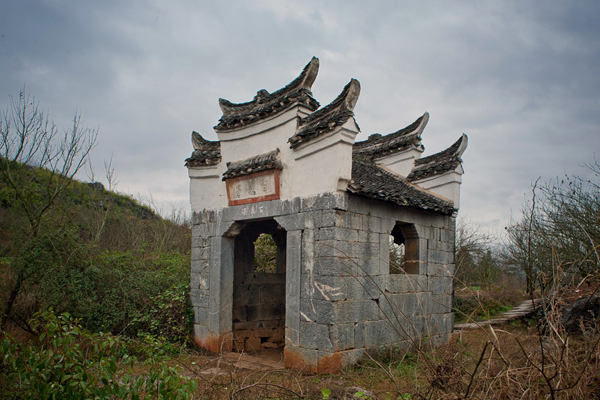
Guilin History

Overview:Guilin was first established (214BC) by the Emperor Qinshihuang (the First Emperor in China's imperial history). It connected the South and central China with its good location beside the junction of the two waterways (Xiang River and Li River), which made it a significant historical city.
Guilin is a city boasting a long history that can be traced back to some 2,300 years ago. It is known as part of Baiyue area, where there was a wild and lawless frontier land in almost constant clamor and confusion. During Xia and Zhou Dynasties, there mainly lived the Baiyue people companion with some other nationalities.
Guilin was first established (214BC) by the Emperor Qinshihuang (the First Emperor in China's imperial history). It connected the South and central China with its good location beside the junction of the two waterways (Xiang River and Li River), which made it a significant historical city.
In Han Dynasty, Shian County was set in Guilin under the reign of Emperor Wu. Later on, in Three-Kingdom period, it began to develop as a political and cultural center when it was set to be the capital of the Shire.
During Sui and Tang Dynasty, Guilin was under the administration of the Lingnan Guizhou Main Office, whose made Guilin began to flourish and became a big city with huge and great architectures.
During Song Dynasty, the territory of the region began to expand to the current Hainan Island, and Guilin was served as the capital of the today's Guangxi and Hainan inland provinces.
However, Guilin met its declination in political affairs during Ming and Qing Dynasty when it was subordinated to the generations of Jing Jiang Princes.
Guilin had been a well known base both for the revolutionists and the warlords in its history for its rich resources and advantageous geographical position. Especially during the Period of Anti-Japanese war. At the time of the People's Republic of China on November 22, 1949, Guilin was free from Japan's occupation.
So far, Guilin has developed into an international tourism city with its unique history, culture, picturesque landscape etc.

